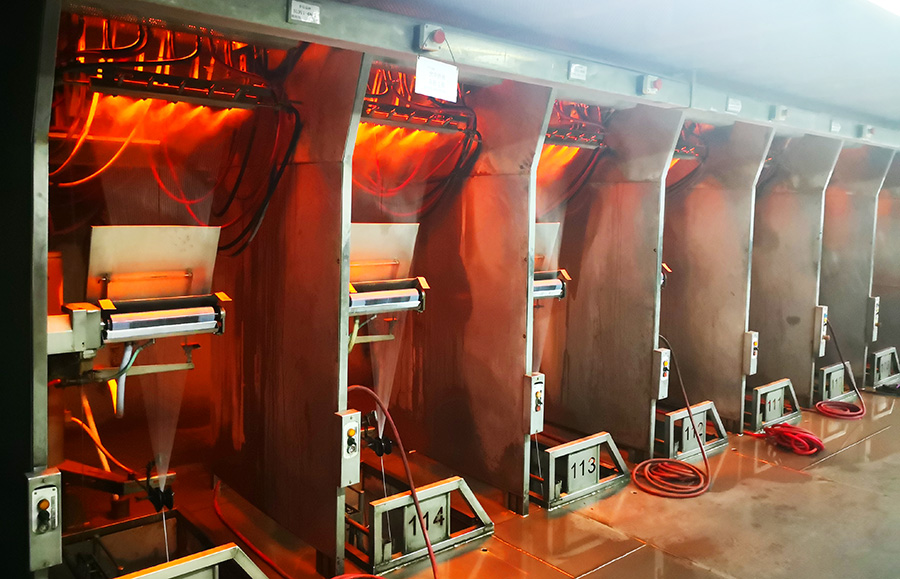Glass is a hard and brittle material. However, as long as it is melted at high temperature and then quickly drawn through small holes into very fine glass fibers, the material is very flexible. The same is glass, why is the common block glass hard and brittle, while the fibrous glass is flexible and flexible? This is actually well explained by geometric principles.
Imagine bending a stick (assuming there is no breakage), and different parts of the stick will be deformed to varying degrees, specifically, the outer side is stretched, the inner side is compressed, and the size of the axis is almost unchanged. When bent at the same angle, the thinner the stick, the less the outside is stretched and the less the inside is compressed. In other words, the thinner, the smaller the degree of local tensile or compressive deformation for the same degree of bending. Any material can undergo a certain degree of continuous deformation, even glass, but brittle materials can withstand less maximum deformation than ductile materials. When the glass fiber is thin enough, even if a large degree of bending occurs, the degree of local tensile or compressive deformation is very small, which is within the bearing range of the material, so it will not break.
Post time: Jul-04-2022


